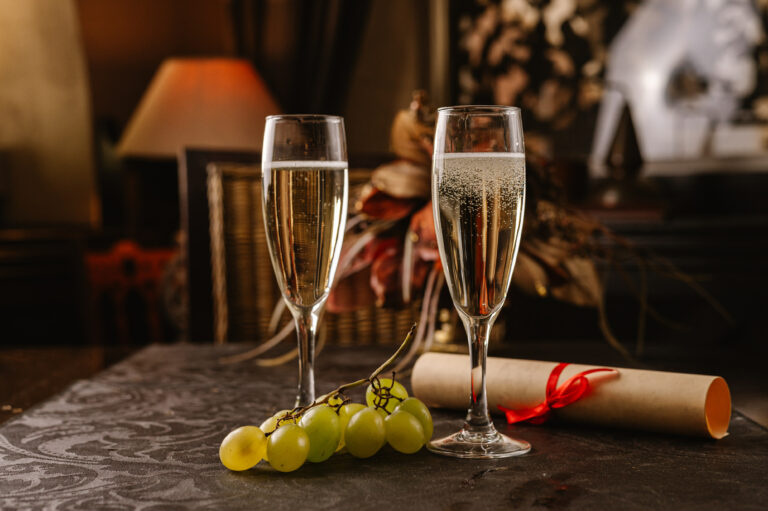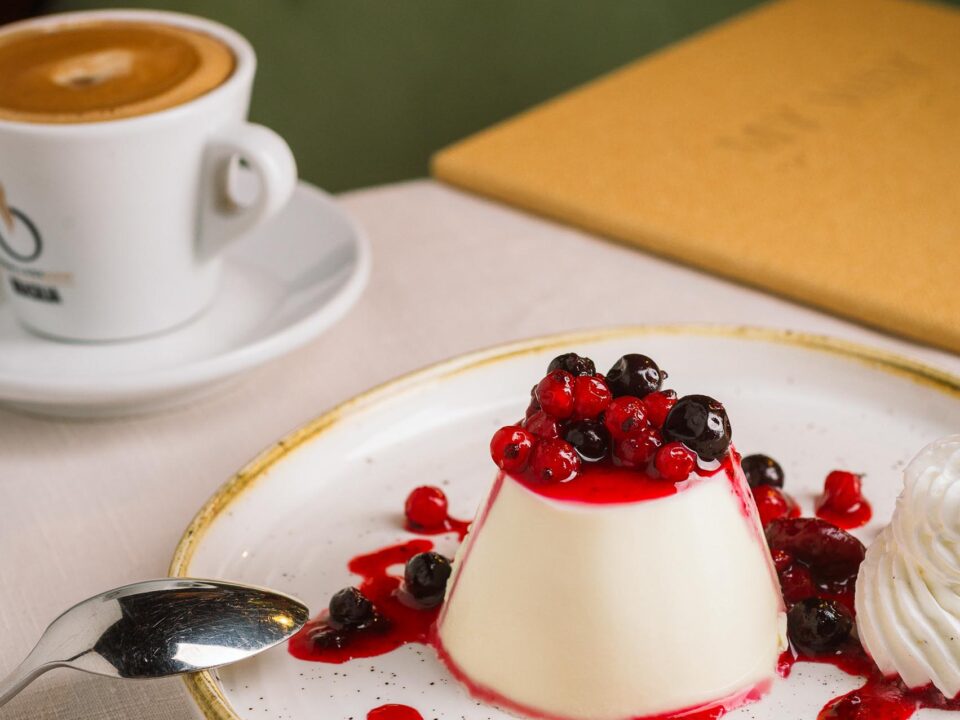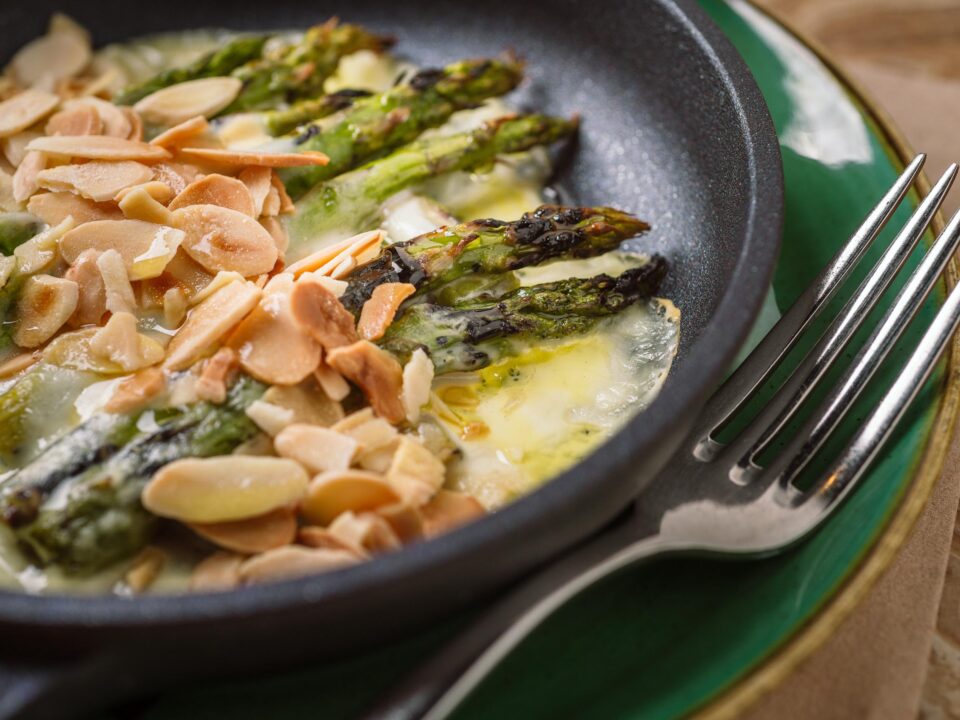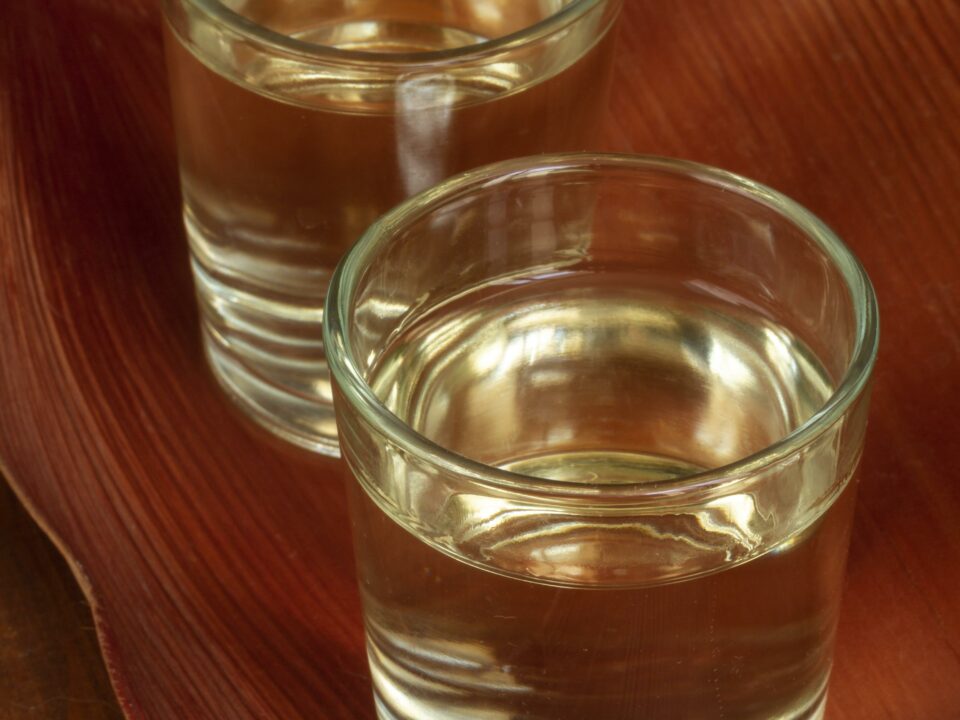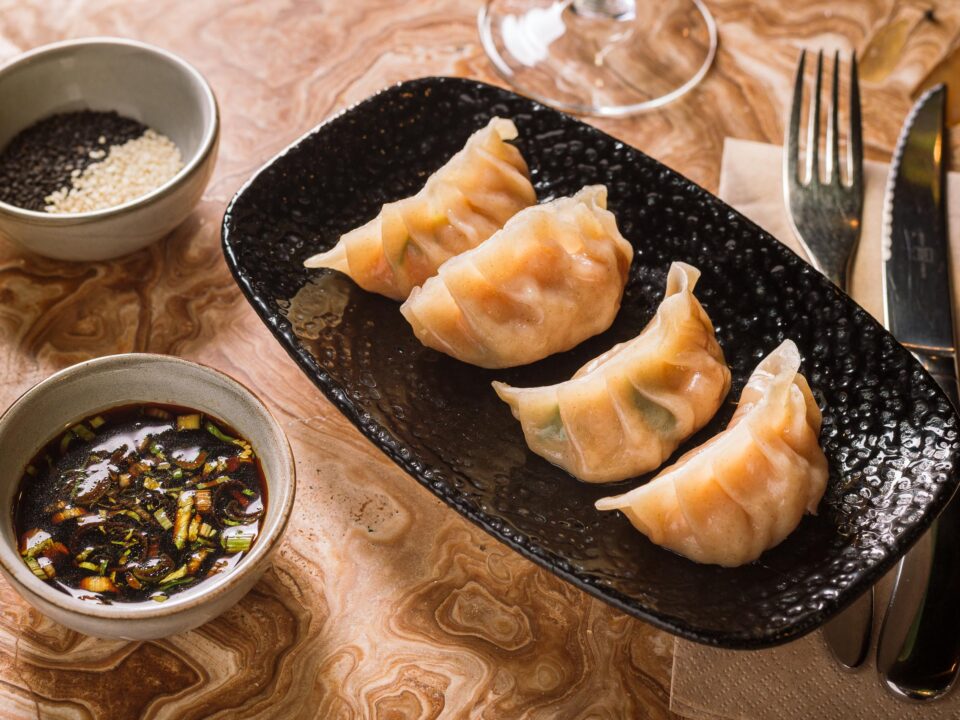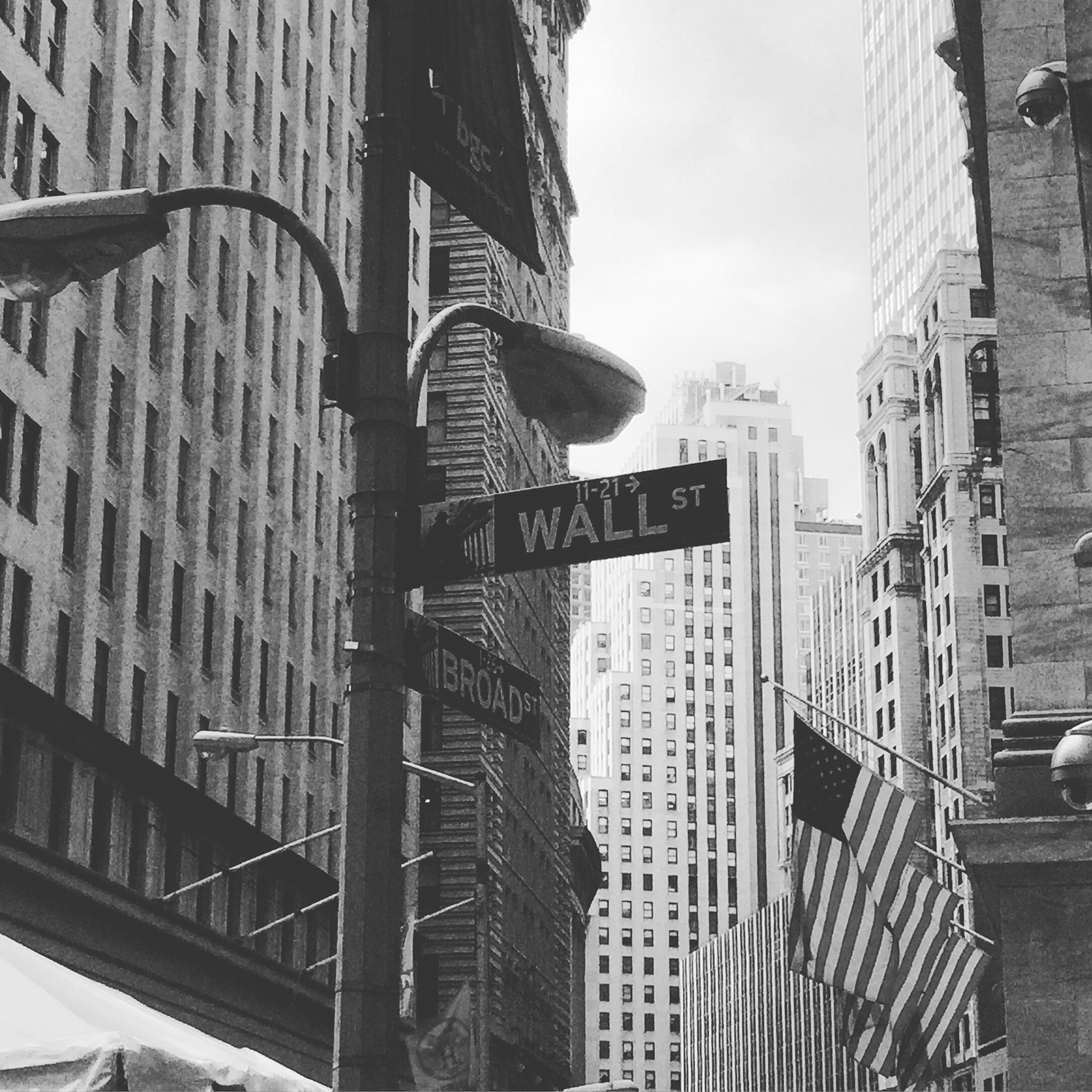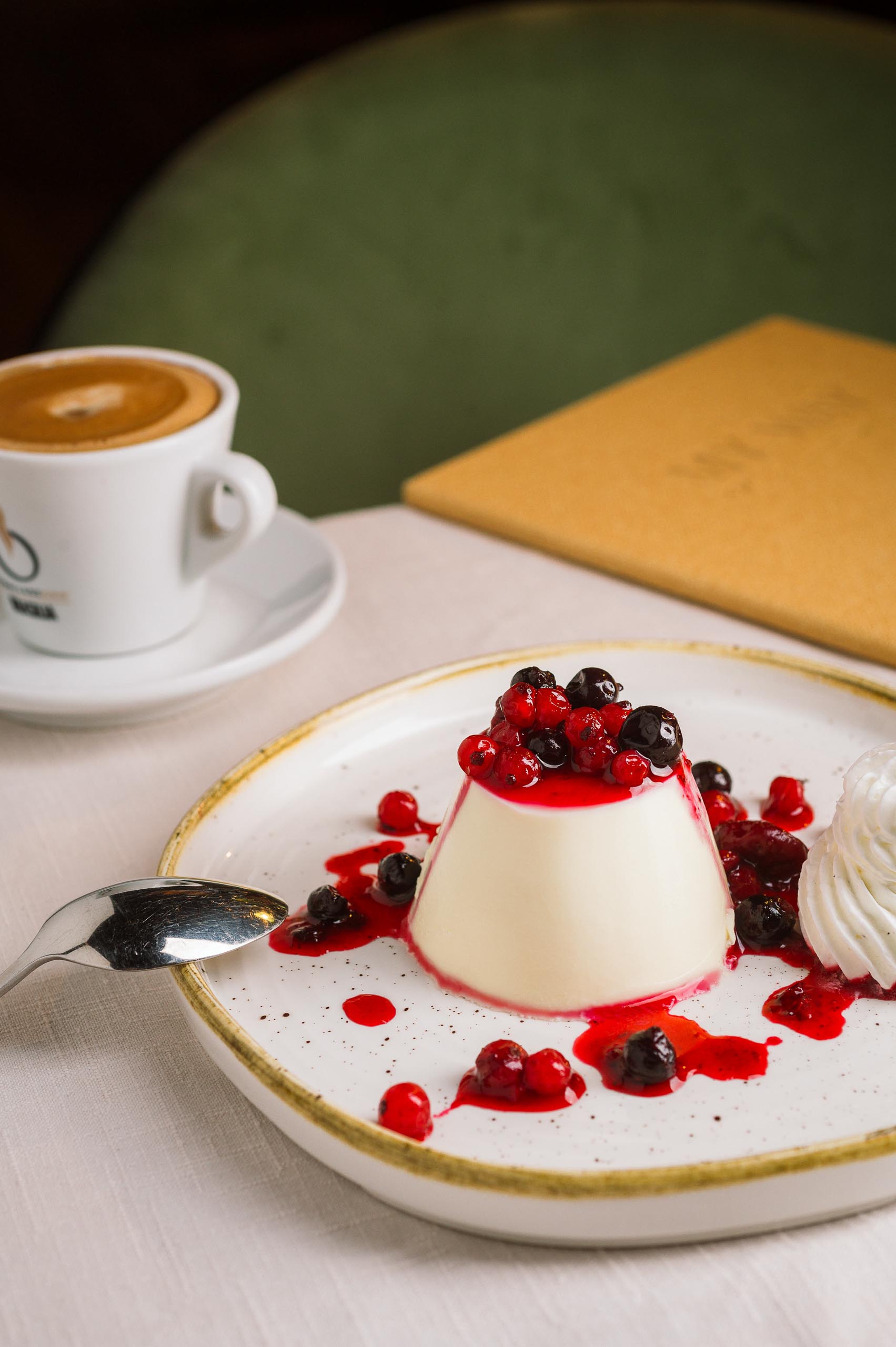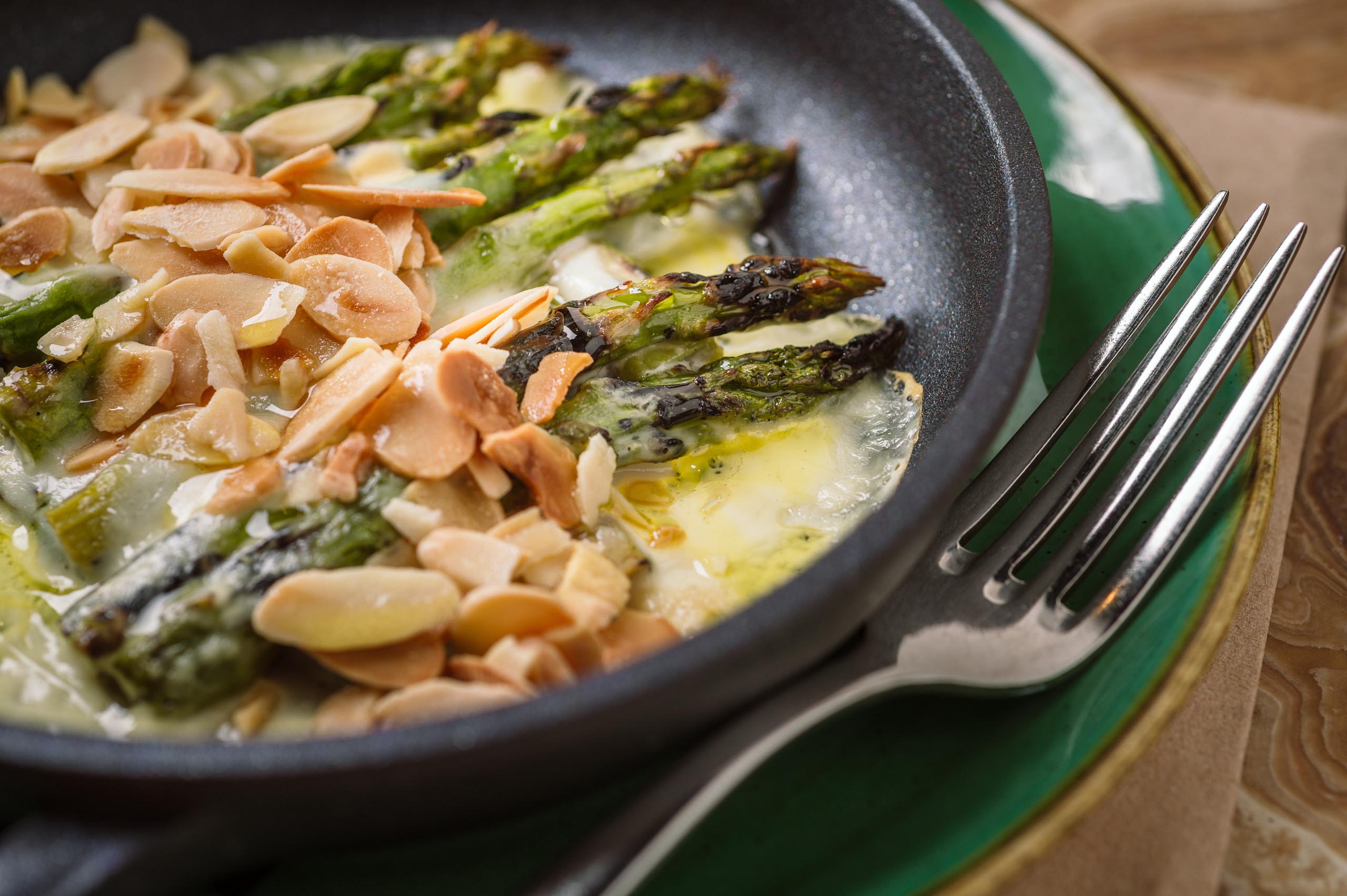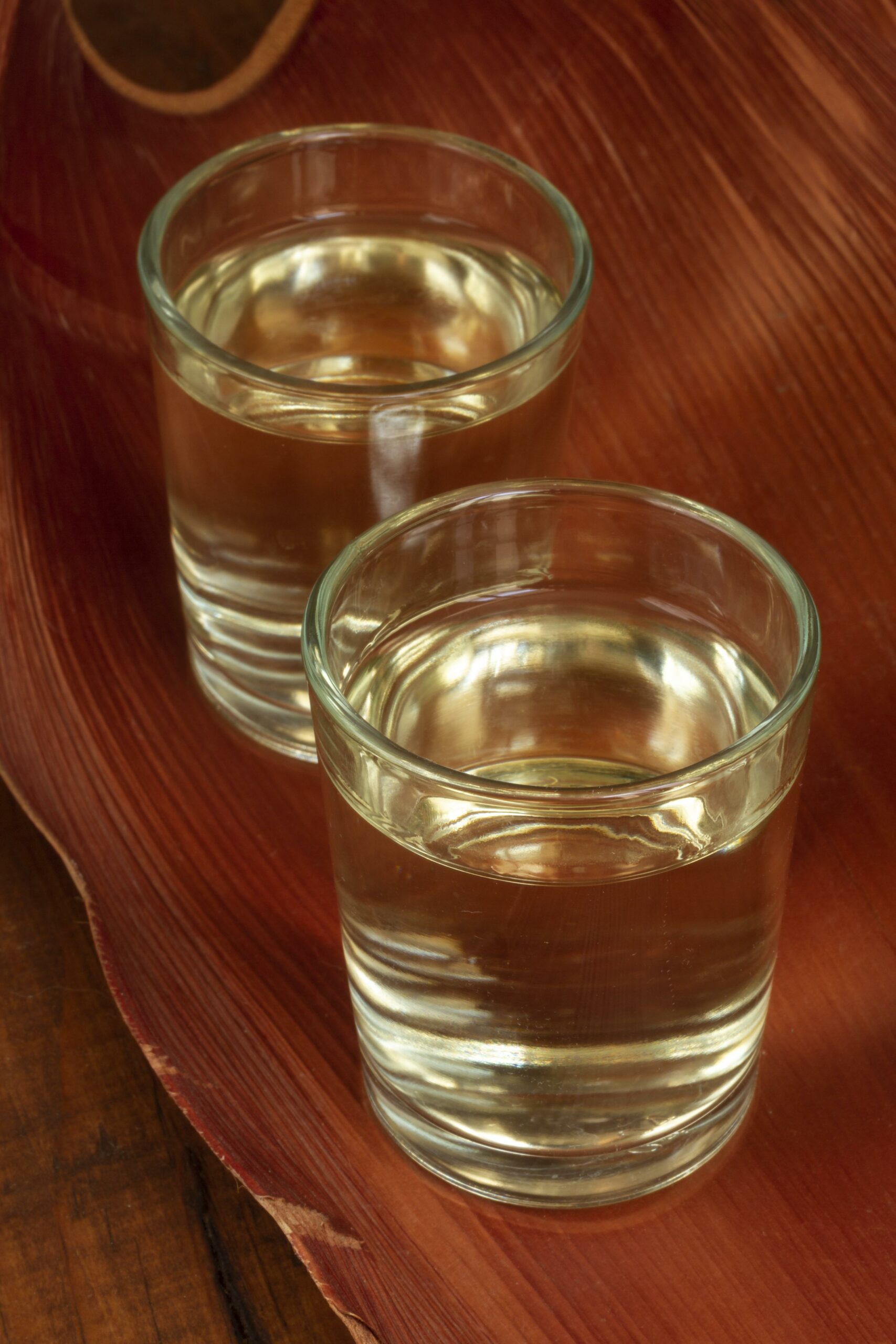At My Way Barcelona, we strive to provide an exceptional dining experience that is reflected in our selection of sparkling wines.
Join us on this journey of discovery through the three categories of sparkling wines we offer on our beberages menu: Proseccos, Cavas and Champagnes.
Table of contents
Prosecco

Originated in northern Italy, Proseccos have gained popularity around the world thanks to their freshness and elegance.
They are characterized by their light bubbles and delicate fruity aromas. A wide variety of Proseccos can be found, from the driest to the slightly sweet.
Processing method
Prosecco is made using the Charmat method. That is, the fermentation of the wine is done in large stainless steel tanks, rather than in the bottle. The base wine is placed in the tank along with yeast and sugar, and sealed for fermentation. During fermentation, carbon dioxide is produced and dissolved in the wine, creating the bubbles that characterize sparkling wines. Once fermentation is complete, the wine is filtered and bottled. The Charmat method is more economical and efficient than bottle fermentation, making Prosecco more accessible and affordable for consumers.
Tasting
Prosecco has fruity notes such as green apple, pear and peach. It is also common to find floral notes such as acacia and jasmine. In terms of acidity, Prosecco tends to be fresh and fruity, with a slightly sweet taste that is balanced by a pleasant acidity.
Cava
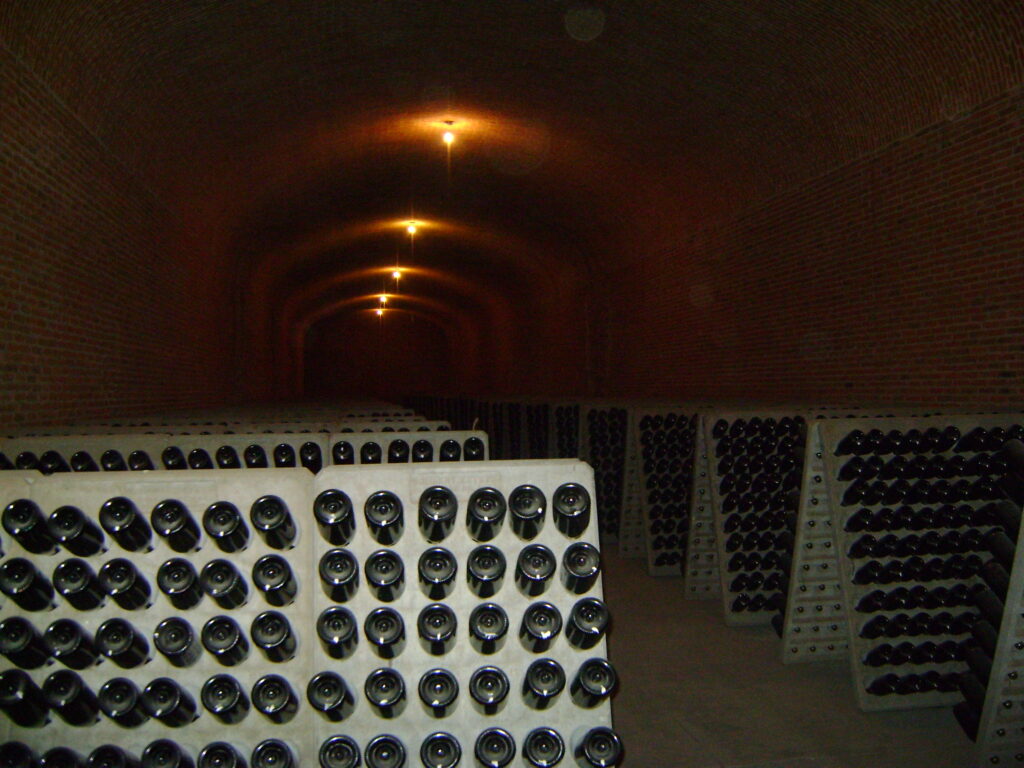
Processing method
The traditional method, also called "champenoise method", is used to produce a good cava. This process involves a second fermentation in the bottle, bringing complexity and finesse to the drink. For its elaboration, grapes of varieties such as Macabeo, Xarel-lo and Parellada are used, which are grown in the wine regions of Penedés, in Catalonia, and in other parts of Spain. They are thick-skinned grapes, which allows them to maintain their acidity and flavor during fermentation. They also have a high level of acidity, which is essential to balance the sweetness of cava.
Tasting
Cava is distinguished by its pale golden color with fine, persistent bubbles that form a crown on the surface. In terms of aroma, cava presents notes of yeast and toasted bread, as well as fruity aromas such as apples, pears and citrus fruits. In terms of taste, the cava is dry, with a balanced acidity that gives it a fresh and vibrant touch. The palate will identify notes of white fruits and citrus, which combine with a toasted bread flavor and a creamy sensation.
The king of sparkling wines: Champagne
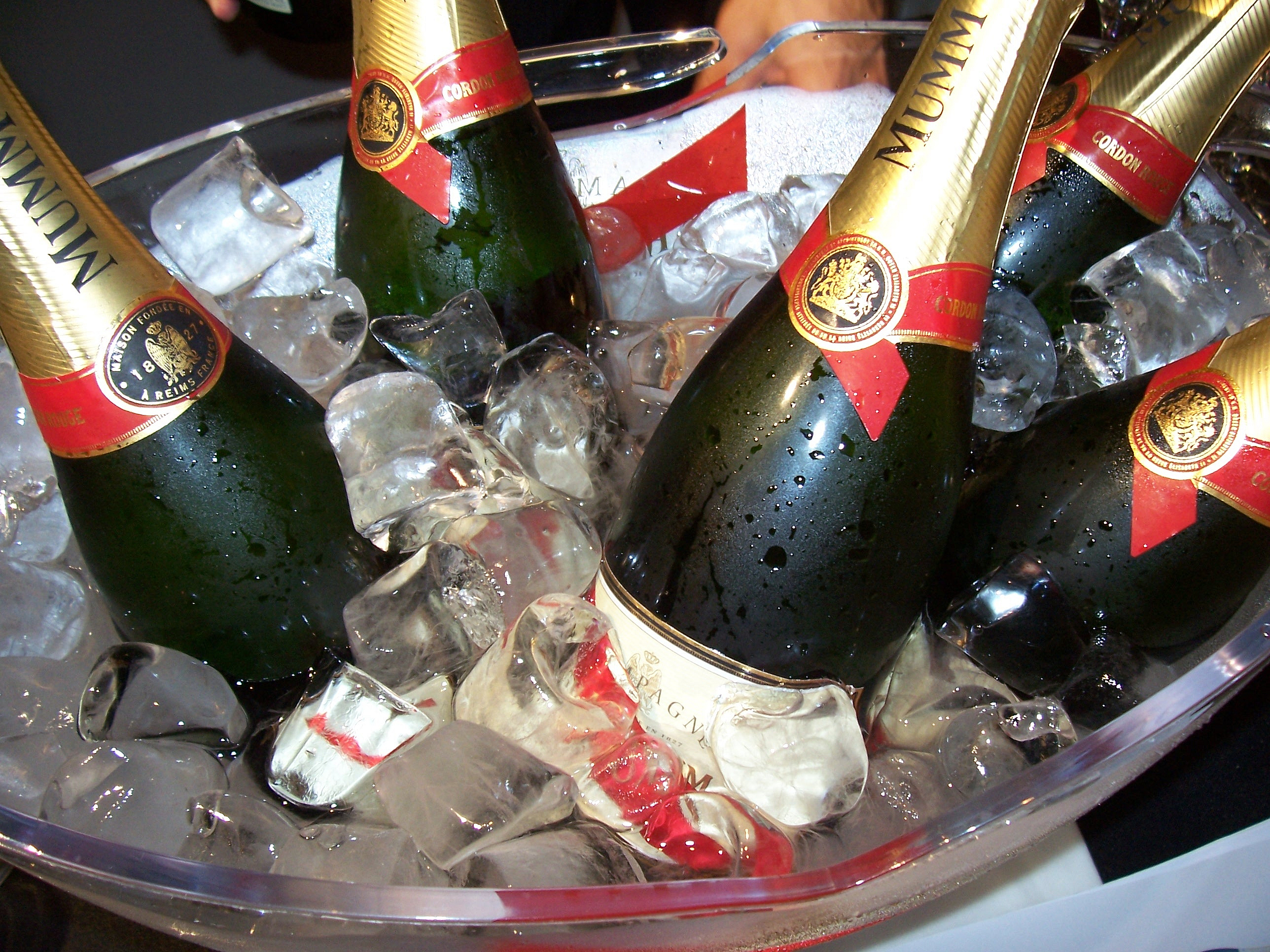
Champagnes are known for their elegance, complexity and structure, and in our restaurant, we offer a selection of renowned labels that capture the essence of French terroir.
Processing method
The champenoise method is the cornerstone of Champagne production. This meticulous winemaking involves a second fermentation in bottle, followed by an aging period, which contributes to its distinctive character. During this process, the base wine is bottled with a mixture of sugar and yeast called liqueur de tirage. This process creates carbon dioxide, which cannot escape from the bottle, creating the characteristic bubbles. After fermentation, the wine is left to age in the bottle for at least 15 months, although some Champagnes can age for several years. During this time, the wine acquires its characteristic flavors and aromas, and the bubbles become finer and more persistent. It is a laborious and costly process, but it is essential to produce high quality Champagnes.
Tasting
French Champagne has a pale golden color, with fine and persistent bubbles that form a crown on the surface of the glass. As for the aroma, it is common to find notes of fruits such as apple, pear, peach and citrus, as well as floral aromas such as acacia flower and jasmine. It is also possible to find notes of toasted bread and yeast, due to its elaboration process. In terms of taste, French Champagne is dry and refreshing, with a fruity flavor and hints of acidity. In some varieties, notes of vanilla and spices can be found.
